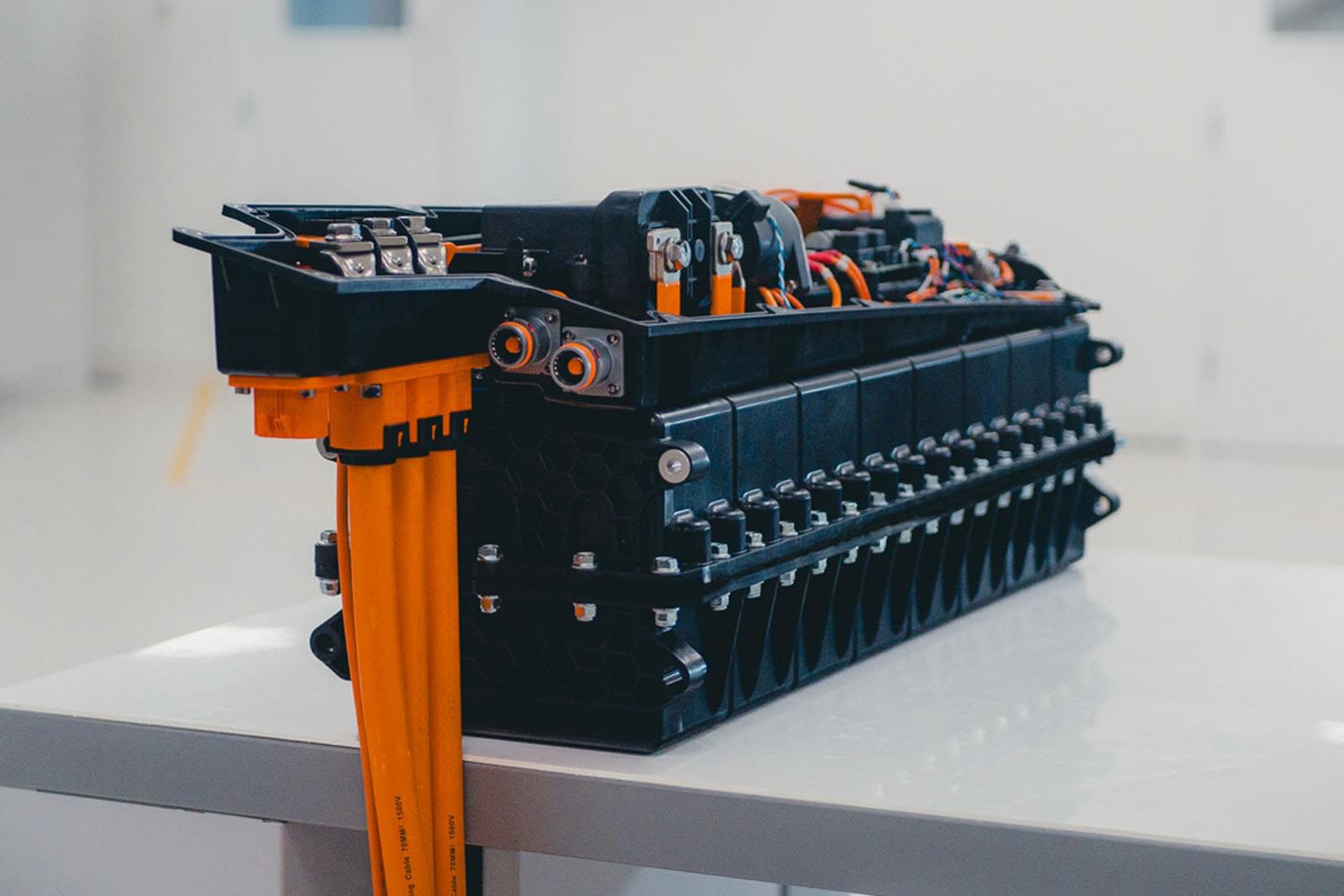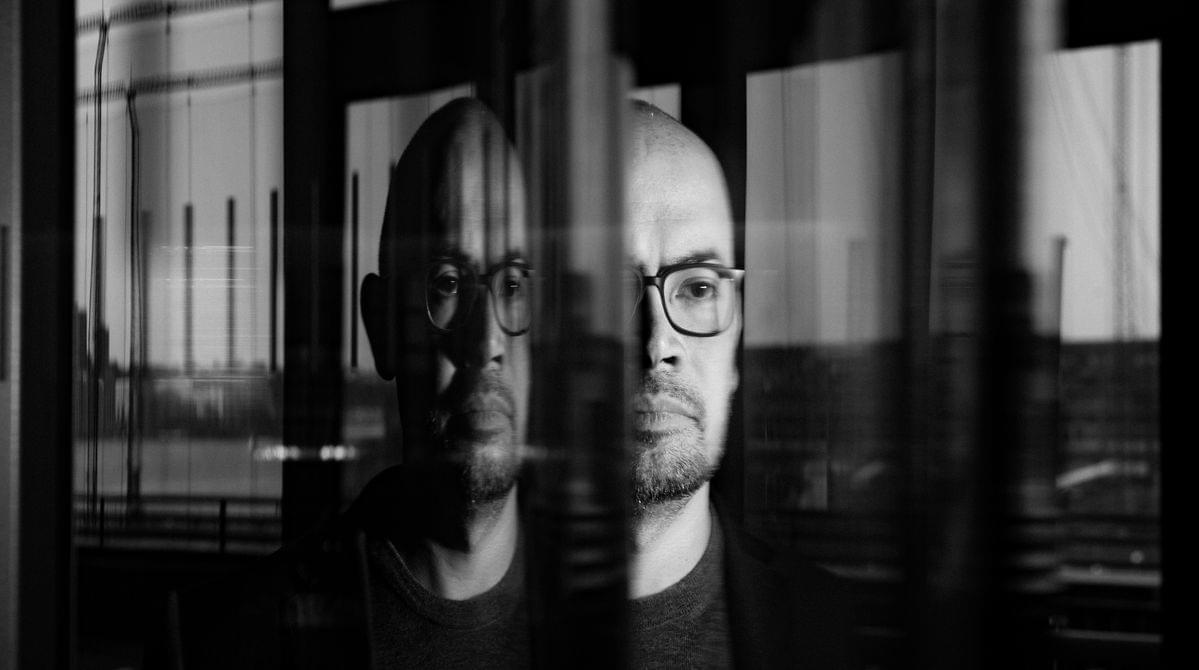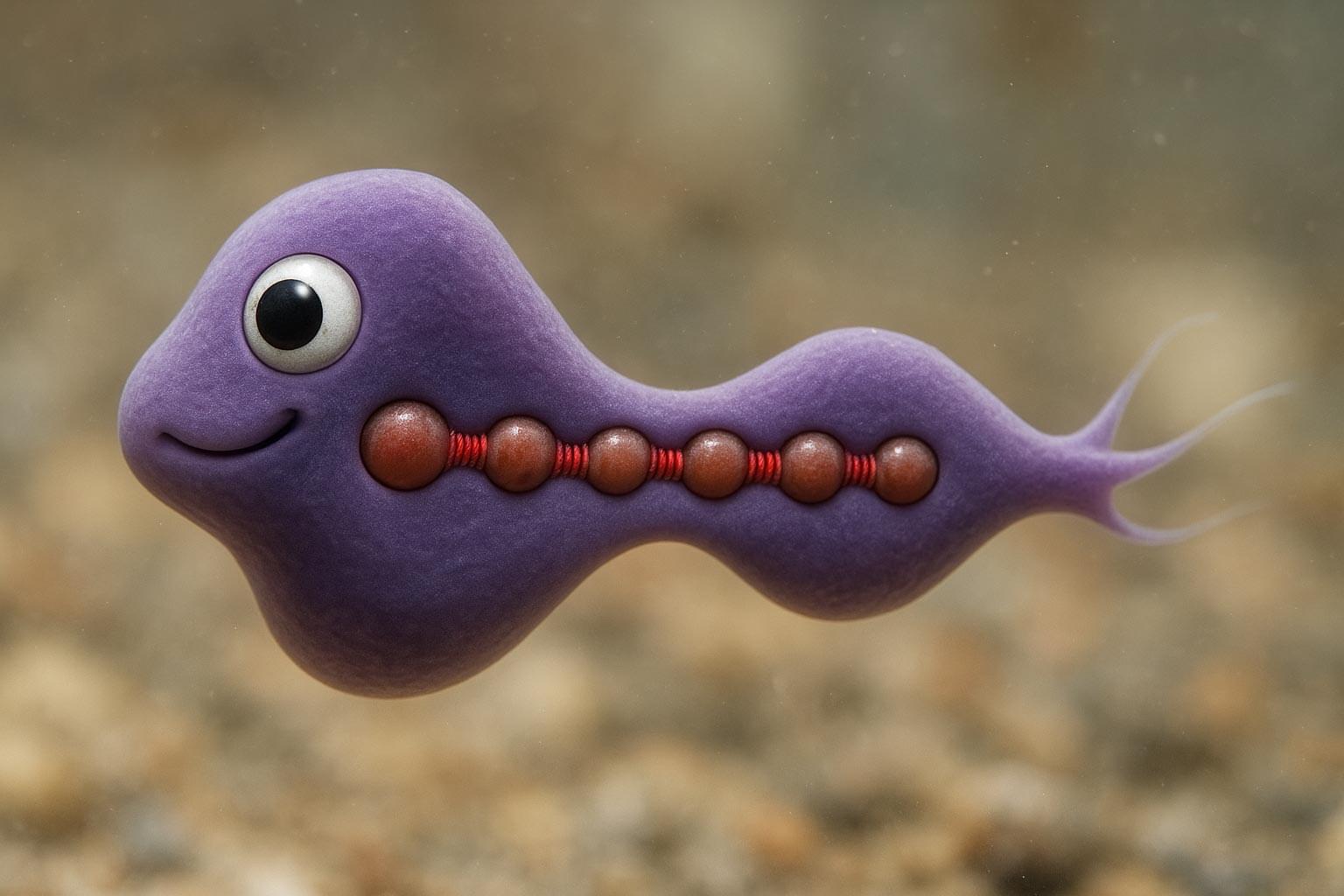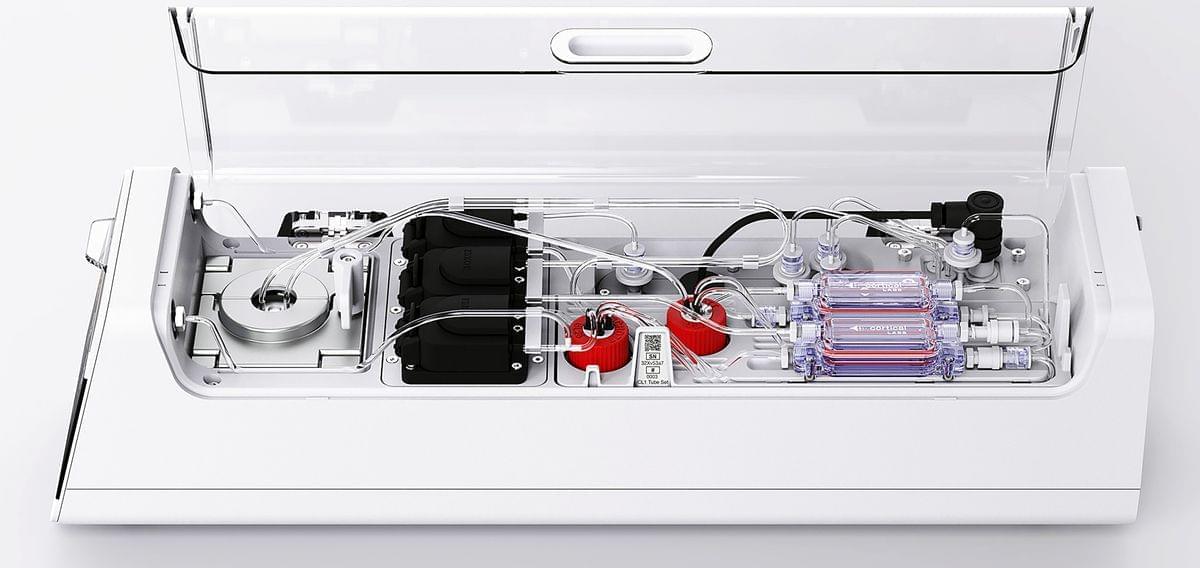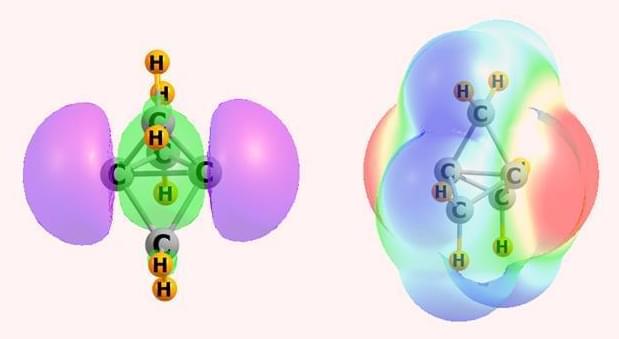In the coming years, batteries so tiny yet powerful could revolutionize everything from smartphones to supercomputers.
Energy storage is about to take a massive leap forward, with the new concept of “topological quantum battery” at the forefront.
A theoretical study by researchers at the RIKEN Center for Quantum Computing and Huazhong University of Science and Technology has shown how to efficiently design a quantum battery.

